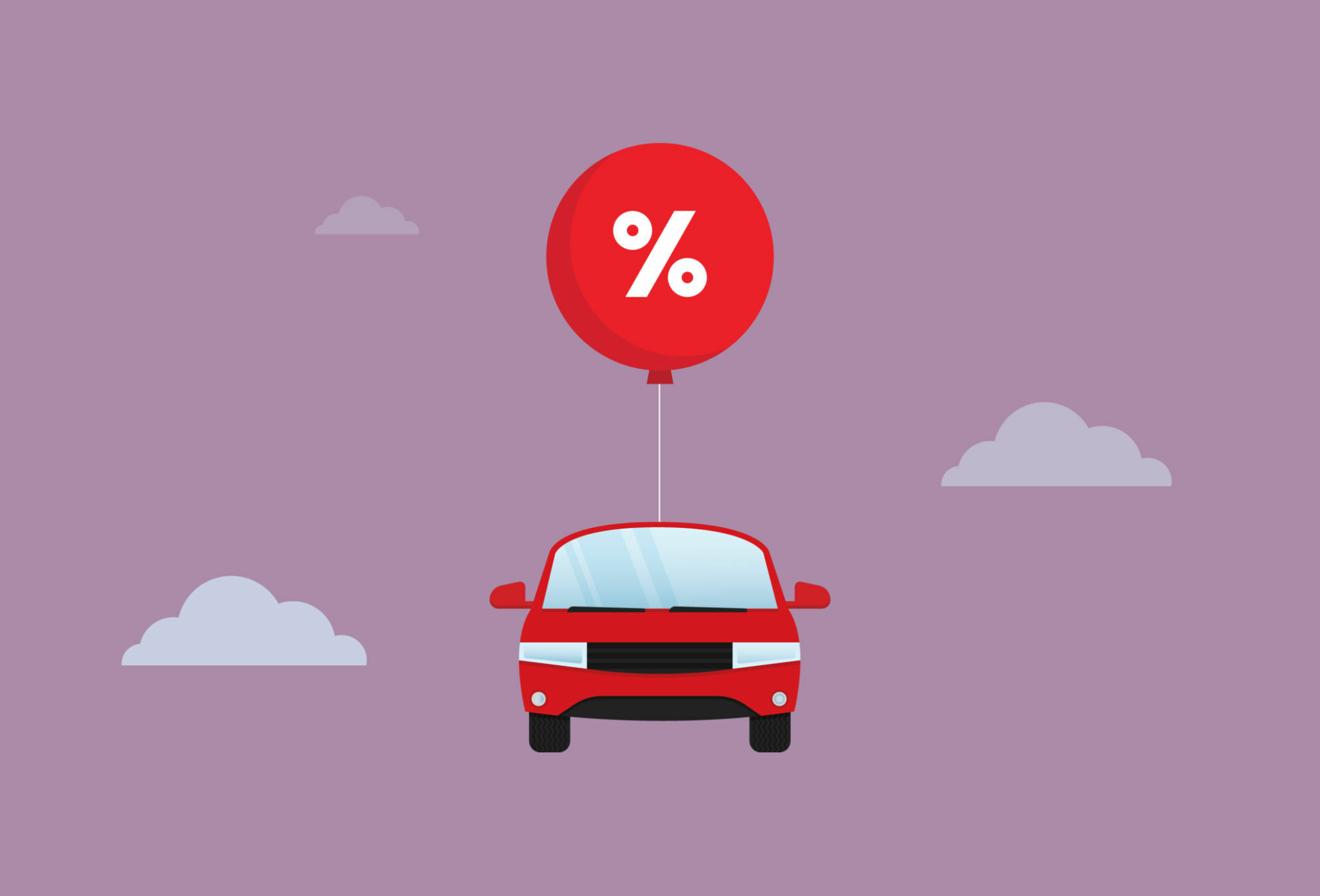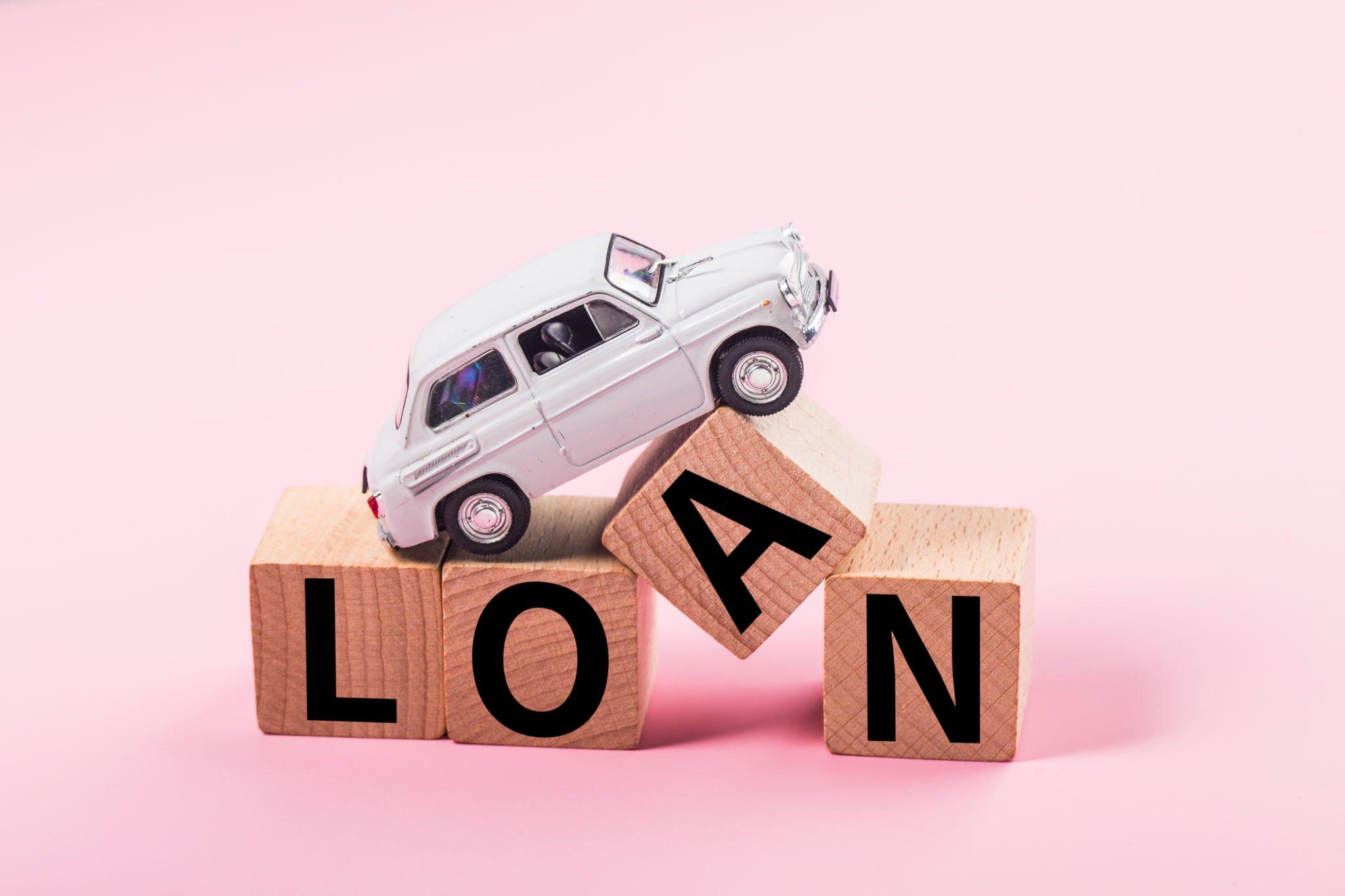
When it comes to fulfilling the dream of owning a car in India, there are a multitude of options available to potential buyers. One of the most critical decisions you’ll need to make is how you intend to finance your car purchase. In a country as diverse as India, the market for car loans is equally multifaceted. A common choice that consumers face is whether to opt for a new car loan or a used car loan. To make an informed decision, it’s essential to understand the significant differences between these two financing options. This article delves into the intricacies of new and used car loans in India, helping you navigate this important choice seamlessly.
The Basics of Car Loans
Before we delve into the nuances of new and used car loans, let’s start with the basics. A car loan is essentially a financial product that allows you to purchase a vehicle without paying the full price upfront. Instead, you repay the borrowed amount in monthly installments over a specified period, which often ranges from three to seven years.
In India, car loans are offered by various financial institutions, including banks, credit unions, and other lending entities. These loans come with specific terms and conditions, interest rates, and eligibility criteria, which vary from one lender to another.
New Car Loans
The Benefits
New car loans are designed for buyers who wish to purchase brand-new vehicles. These loans come with several advantages:
1. Low Interest Rates: New car loans typically have lower interest rates compared to used car loans. This is because new cars are considered less risky for lenders, as they are less likely to have mechanical issues.
2. Warranty Protection: New cars usually come with a manufacturer’s warranty. This provides added security and can save you from unexpected repair costs.
3. Advanced Features: New cars are equipped with the latest technology and safety features, ensuring you have access to cutting-edge automotive innovations.
The Drawbacks
However, new car loans also come with their own set of drawbacks:
1. Higher Depreciation: New cars depreciate significantly in the first few years, meaning you lose a substantial portion of your car’s value as soon as you drive it off the lot.
2. Higher Insurance Costs: New cars typically require higher insurance premiums due to their higher market value.
3. Higher Monthly Payments: Since new car loans involve higher principal amounts, the monthly payments can be more substantial, impacting your monthly budget.

Used Car Loans
The Benefits
Used car loans are tailored for buyers who prefer pre-owned vehicles. These loans offer distinct advantages:
1. Lower Depreciation: Used cars have already gone through the steepest phase of depreciation. This means you won’t lose as much value over time.
2. Lower Insurance Costs: Insurance premiums for used cars are generally more affordable, which can help you save money.
3. Affordable Monthly Payments: Since the loan amount for a used car is lower, the monthly payments are typically more budget-friendly.
The Drawbacks
On the flip side, there are some drawbacks to used car loans:
1. Higher Interest Rates: Interest rates for used car loans tend to be slightly higher due to the perceived risk associated with older vehicles.
2. Limited Warranty: Most used cars are sold without a warranty, which means you might have to bear the repair costs yourself.
3. Potentially Higher Maintenance Costs: Older cars may require more frequent maintenance, which can increase your overall ownership expenses.
Choosing the Right Car Loan
The decision between a new and used car loan hinges on your individual circumstances, preferences, and financial situation. Here are a few tips to help you make the right choice:
1. Assess Your Budget: Determine how much you can comfortably afford in terms of down payment and monthly installments. This will largely dictate whether you should go for a new or used car loan.
2. Consider Depreciation: If you’re concerned about losing money through depreciation, a used car loan might be the better option for you.
3. Evaluate Your Needs: Think about the features and specifications you require in a car. If the latest technology and a warranty are essential to you, a new car loan might be more suitable.
4. Inspect the Vehicle: If you decide on a used car loan, have the vehicle inspected by a trusted mechanic to ensure it’s in good condition.
5. Shop Around: Compare loan offers from different financial institutions to get the best terms and interest rates.
Conclusion
In India, the choice between new and used car loans is not a one-size-fits-all decision. It depends on your financial stability, preferences, and your overall requirements. Consider all the benefits and drawbacks of both options and weigh them against your individual circumstances. Make sure to do your research and choose a car loan that aligns with your long-term goals and budget.






